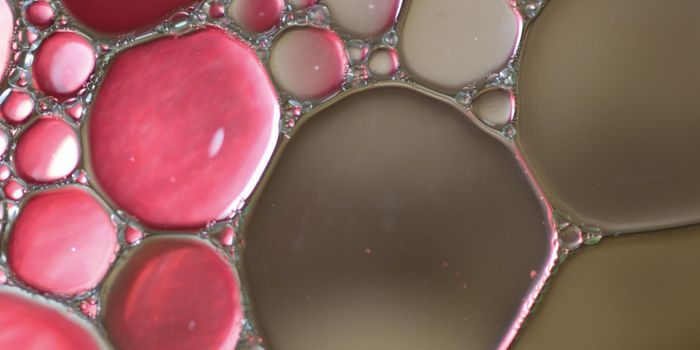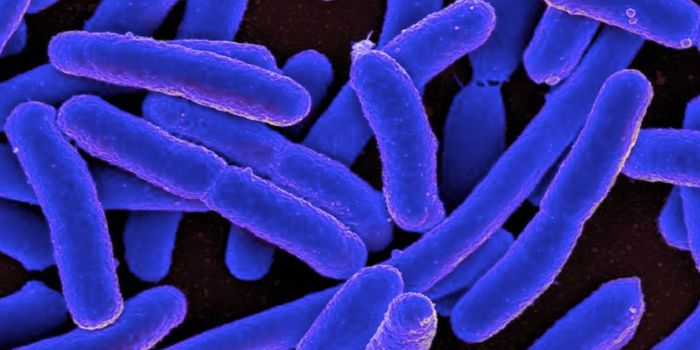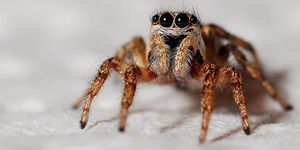How CRISPR Can Help Create a Vaccine for a Common Parasite
The parasite Toxoplasma gondii is thought to infect a third of the people on the planet as well as the majority of warm-blooded animals including domestic cats. While these parasitic infections don’t usually cause serious illness in people, they can be dangerous to people with weak immune systems, causes disease in the developing fetus, and can be detrimental to livestock. Reporting in the Journal of Biological Methods, researchers are trying to use CRISPR to aid in the development of a vaccine for the common parasite.
The live cycle of T. gondii is complex. After infecting cats, it enters a pathogenic stage and is shed in cat feces as encapsulated oocysts. Those oocysts can then move into the environment where they become infectious and contaminate food that is then eaten by other animals or humans, or get transferred into the air and inhaled when someone is changing a litter box.
The CRISPR-Cas9 technique can make changes to individual bases in the genomes of single-celled organisms like the T. gondii parasite, in this case, to render it non-pathogenic. This will allow the investigators to create a live vaccine using a harmless version of the parasite.
"If we succeed in preventing the production of these oocysts, we can reduce the occurrence of toxoplasmosis among humans and animals," noted Adrian Hehl, professor of parasitology at the University of Zurich's Vetsuisse Faculty.
Previous work by Hehl’s team identified the genes that are involved in oocyst formation in T. gondii. They used CRISPR-Cas9 to disable these genes, then exposed cats to these modified parasites. The idea is that cats will naturally gain protection from further T. gondii infections, but will not be able to pass on the infectious oocysts.
In this work, the researchers used an alternate version of CRISPR-Cas9 that does not involve generating something called a plasmid. In many cases, the plasmid carries all of the CRISPR-Cas9 tools on it, but it sticks around in cells after the edits are made, where it can have unwanted effects. Alternative strategies involve using much smaller, more transient pieces of genetic material that don’t hang around after the CRISPR-Cas9 edit is made. Hehl’s team and other groups have created more efficient methods that cost less and take less time.
"Our approach isn't just quicker, cheaper, and more efficient than conventional methods. It also enables the genomic sequence to be altered without leaving traces in the cell," explains Hehl. "This means we can now manufacture experimental live vaccines without plasmids or building in resistance genes."
Sources: Phys.org via University of Zurich, Journal of Biological Methods









